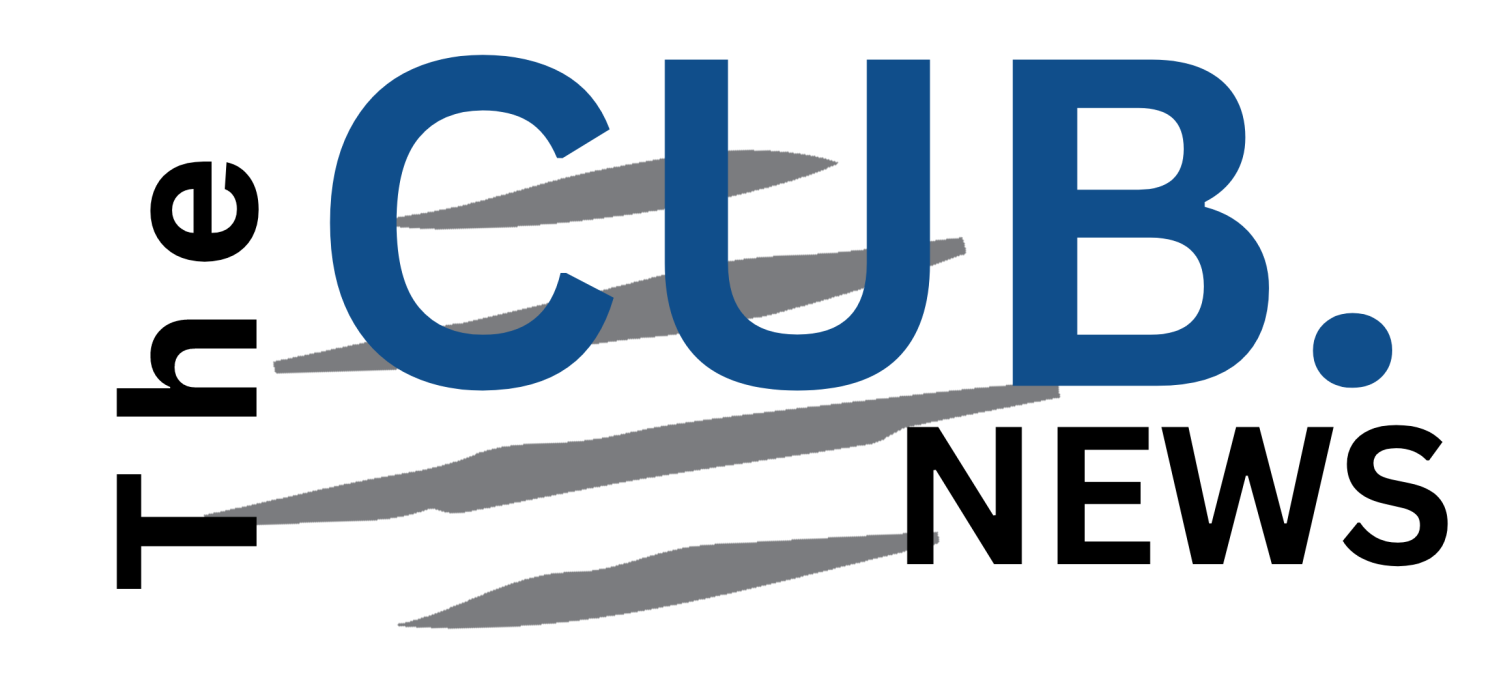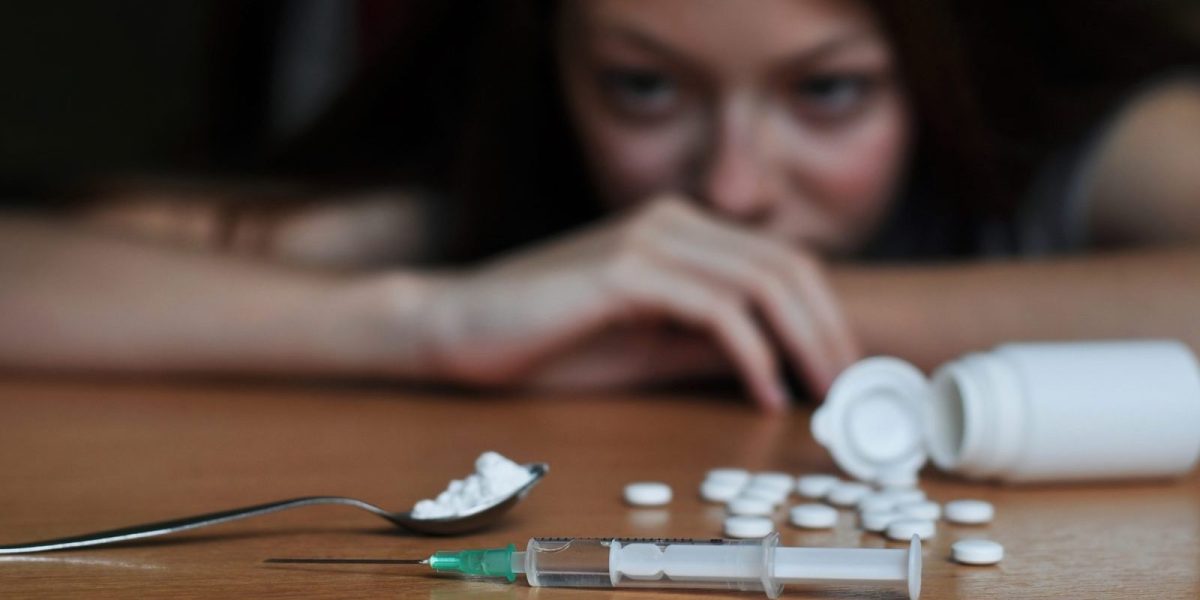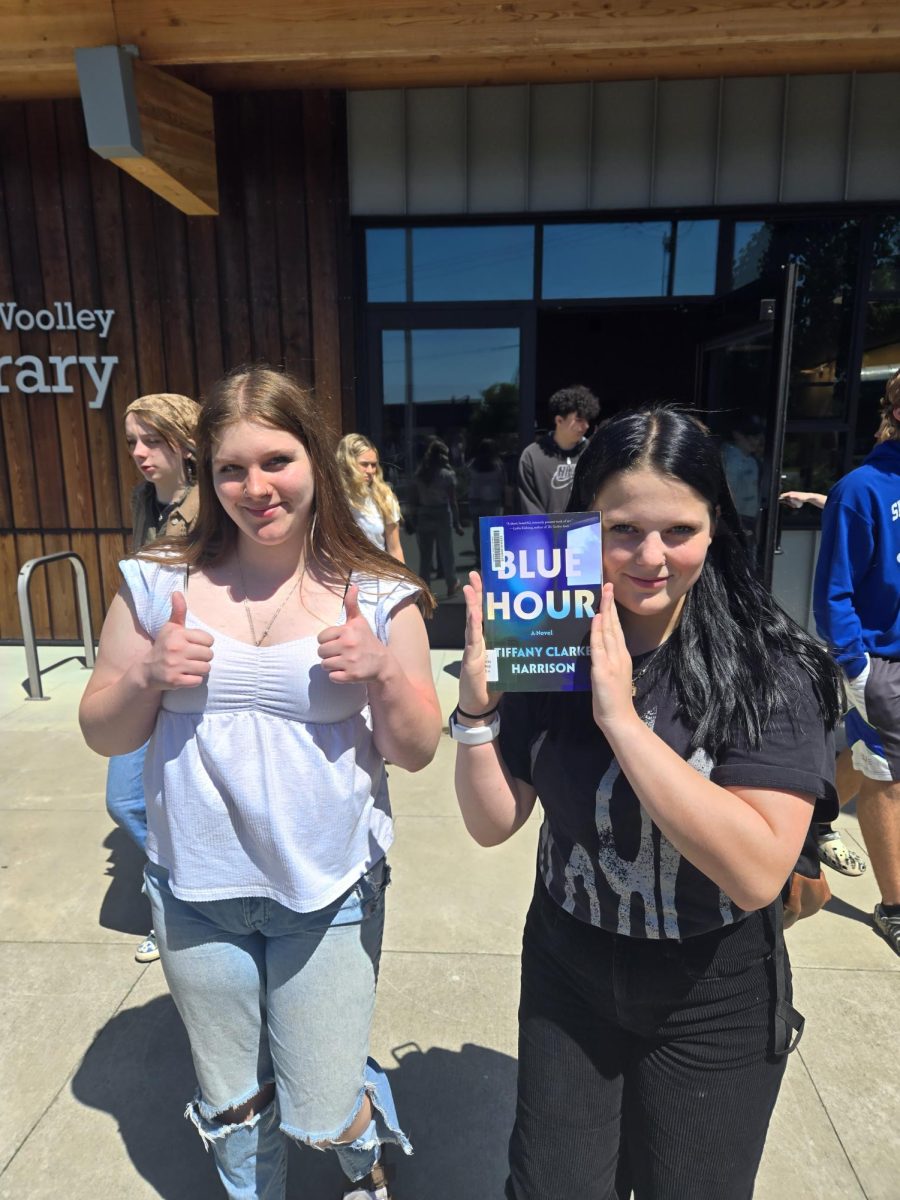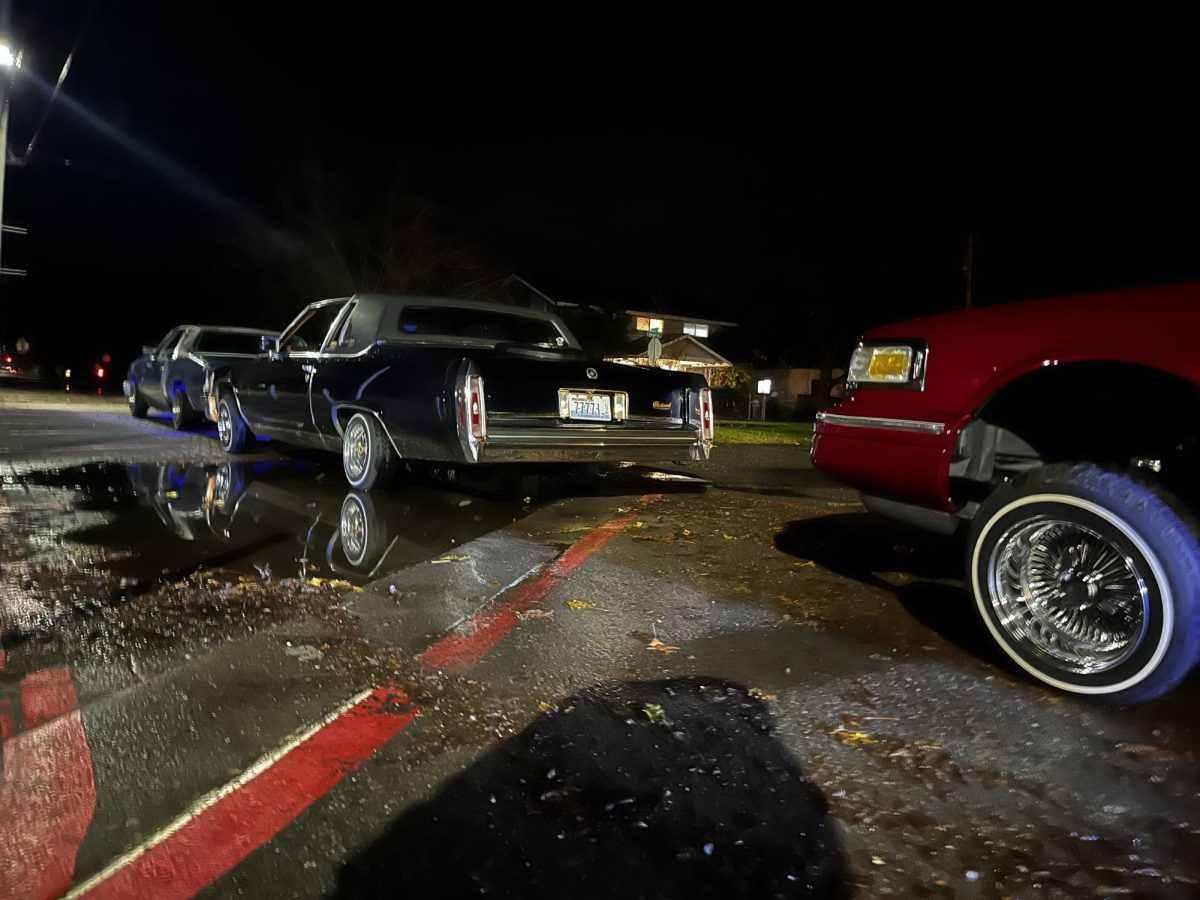Drug abuse is an increasing problem in Skagit County, and the problem often starts in high school. With nicotine becoming more available and an increase in students vaping, it can potentially lead to worse drugs and addiction in early adulthood.
According to a Substance Abuse and Mental Health Services Administration (SAMHSA) study on substance use among 12th grade aged youth by dropout status, teenagers involved in drug use are more likely than non-drug users to drop out of school and less likely than non-drug users to graduate from high school or attend college. And with the increase of nicotine abuse, things seem to be getting worse quickly.
Sedro-Woolley High School’s Social worker, Kevin Kirn, who helps provide students with mental health and basic need resources, has noticed this recent development.
“It seems much more prevalent, part of it is vaping now that we have a resurgence in nicotine abuse,” says Kirn, “It leads on to other things, being used for nicotine or marijuana. It’s also become much more readily accessible, with it being quick and easy to use.”
There are a variety of reasons why adolescence may begin using drugs. Whether it’s a coping mechanism to deal with stress or a way to fit in, it’s extremely difficult to work out of that dependency and pursue further education or begin working when your brain is unable to function as it should, according to Kirn..
Kirn gives insight from his experiences with students, “It provides something for the student’s life.” He says, ”Whether that is something to do with friends or for fun, a method of coping with stress, anxiety, or traumatic life experiences.”
According to the National Institution on Drug Abuse (NIH), drug abuse can stunt brain growth. This is especially dangerous for adolescents, since long term use of drugs not only increases anxiety and irritability, causes memory loss, poor academic and work performance, but is also responsible for making your brain dependent on the drug to make you happy.
Norvel Rogers, a local resident who lost his brother to alcohol and drug dependency in 2006, shares his brother’s story in order to illustrate the dangers that drug use can have.
“He just started hanging out with the wrong people and doing more and more drugs,” Rogers said. “And then after graduation he went further and further downhill.”
Maxwell K.A. Friends, a study including 1,969 adolescents, discovered that a friend’s use of illicit drugs can significantly affect their likeness to abuse or not abuse drugs. Rogers experienced this hands on, seeing his brother becoming friends with people he knew weren’t good influences.
In his own words, Rogers described his brother as becoming, “more and more unreliable at his job, making it harder for him to keep working.” He said, “Without steady income, he lost his house. And eventually, he preferred to be homeless because he got so addicted that everything else became less important to him.”
With the resurgence in drug abuse, we also have also gained a wide variety of resources which not only help explain why drugs have such a negative impact on adolescents, but also ways that we can help try to prevent this issue from worsening.
Working with students everyday, Jennifer Zimmerman is a work router and secretary for the buses at Mckinney Vento. She shares her standpoint on adolescent drug problems, “I think drugs ruin people’s lives,” she says,” I think it makes them unable to work, to function, it’s sad that some kids get on drugs.”
According to a National Council on Alcoholism and Drug Dependence (NCADD) study in 2015, children who were taught about the harmful effects of drug abuse in early life by their parent(s) were 50% more likely to not use drugs than children who did not receive the same information. While it’s not foolproof, it’s a step forward.
“The primary goal is to help students be able to be in school and achieve academic success,” Kevin gives a list of the things that this includes, “Supporting students with mental health, connecting families with basic needs resources like food, clothing, shelter, and medical assistance.”
Supplying parents with easy accessibility to these resources is a great tool towards prevention and recovery for students dealing with drug addiction. Providing students with informed support systems, intertwining school life with home life, and allowing open family discussions to happen is a big step towards a balanced plan.
Kevin stresses the importance of the parents’ role in a students life, “Drug abuse starts in the home, trying to reduce the use. Every parent should be the primary source of support for students.” Kirn says, “Educating parents on substance use is very helpful.”
It’s not only a student’s parents or guardians who can help provide support for students struggling with drug abuse. Like Kevin, working with students everyday has made Zimmerman reflect on the influence that teachers can have on students.
“I think that teachers, counselors, even bus drivers are the first thing kids see in the morning. They even vent to their bus driver cause they’re all they have.” said Zimmerman, “Everyone has such a big impact on kids, I think we should all strive to want to do better for every kid in the district.”










